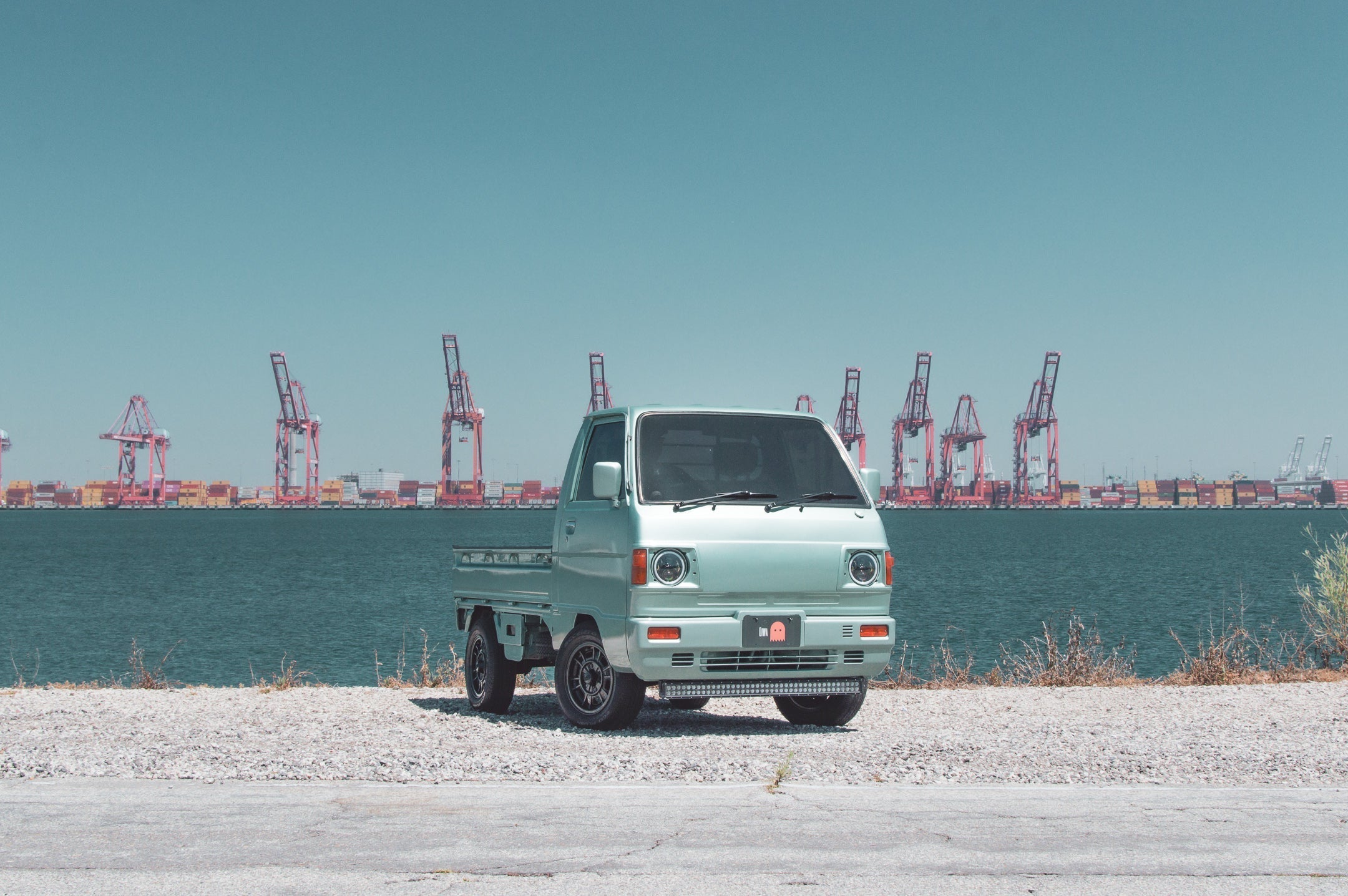Tokyo, 1955. The city hummed with the energy of rebirth. Streets, once silenced by the echoes of conflict, now pulsed under the wheels of bicycles and scooters, a testament to Japan's burgeoning determination to rise anew. Amidst this whirlwind of change, a young engineer named Hiroshi Nakamura sat in a cramped workshop, his hands stained with graphite as he sketched the contours of what would become a national icon—the Subaru Sambar kei truck.
Revitalize Your Kei Today Discover Oiwa Garage Exclusive Upgrades Shop Now!
Hiroshi's mind raced with ideas, fueled by the government's stringent regulations designed to stimulate the economy while conserving resources. The kei car law, introduced in 1949, restricted engine sizes to a mere 360cc, aiming to make vehicles affordable and practical for the average citizen. For Hiroshi, these limitations were not obstacles but challenges to be embraced. He envisioned a truck that was not just a vehicle but a symbol of resilience, compact yet capable, perfectly suited to navigate the narrow, bustling streets of Tokyo.
As Hiroshi refined his design, he could almost hear the chatter of market vendors, their stalls brimming with the vibrant colors of fresh produce. He imagined the Sambar's utility in these settings—small enough to weave through the busy alleys yet sturdy enough to transport goods efficiently. With a focused gaze, he etched the final lines of his blueprint, unaware that his creation would soon weave itself into the very fabric of Japanese life.
Nebraska, Present Day. The air was crisp, the kind that fills your lungs with a biting freshness. Beneath the expansive sky, John Mathers, a vintage vehicle aficionado, found himself captivated by a piece of history parked inconspicuously at a local auction—a Subaru Sambar kei truck. Its compact frame stood out among the larger American vehicles like a David amongst Goliaths.
Find Your Dream Kei Truck in Japan and Claim Your Free Import Consultation Today!
John marveled at its modest 25-horsepower engine, a relic of the era when innovation was born of necessity. Despite its size, the Sambar promised a unique driving experience, one that prioritized efficiency and maneuverability. He ran his fingers over the smooth metal, tracing the lineage back to its origins in Hiroshi's workshop.
"It's a hidden gem," John thought to himself, recalling the Sambar's reputation for reliability and versatility. In recent years, kei trucks had gained popularity in rural America for their practicality and charm. The Sambar, in particular, stood out due to its enduring design and Subaru's legacy of engineering excellence.
"Why a Subaru Sambar?" a fellow collector inquired, noticing John's keen interest. John smiled, knowing that the answer lay in its history and the vision of men like Hiroshi who dared to dream. "It's more than just a truck," he replied, "it's a testament to innovation and adaptability."
The auctioneer's gavel echoed through the hall, a signal of the Sambar's new lease on life. As John secured his winning bid, he reflected on how this small vehicle—a product of post-war ingenuity—continued to capture the hearts of enthusiasts worldwide.
In the decades since Hiroshi first inked his sketches, the Sambar had evolved, adapting to modern demands while retaining its quintessential charm. From its early days navigating the crowded streets of Tokyo to its current role in the hearts of collectors like John, the Subaru Sambar kei truck remains a poignant reminder of resilience and creativity.
As John drove his new acquisition home, the Sambar's engine purred with a contented hum, bridging the gap between past and present. He knew that this was more than a purchase; it was a connection to a story that had transcended time and space—a narrative that began in a bustling Tokyo workshop and found its way to the open fields of Nebraska.
Upgrade Your Kei Performance with Oiwa Garage Unbeatable Service Shop Now!

